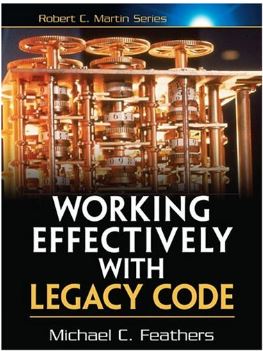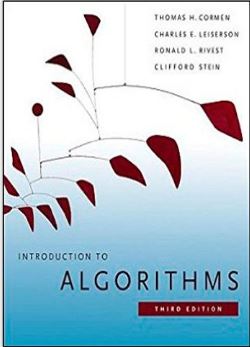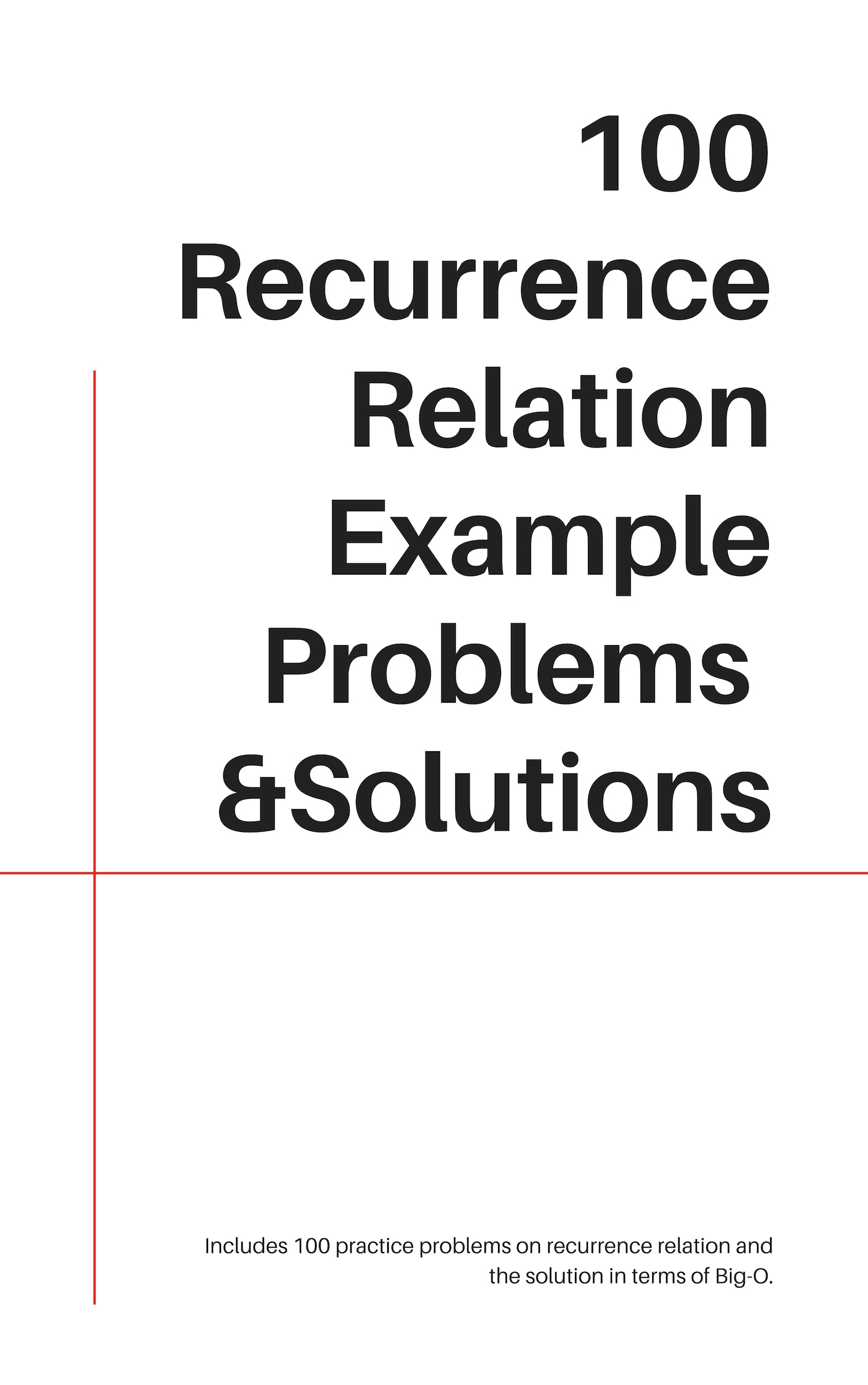Free Books and PDF's !
Download computer science e-books and .pdf's for free.
Algorithms & Datastructures
Best CS Books
Algorithms and Complexity
An algorithm is a method for solving a class of problems on a computer.
Binary Trees Datastructure
A binary tree is made of nodes, where each node contains a "left" pointer, a "right" pointer, and a data element.
Linked List Problems
This document reviews basic linked list code techniques and then works through 18 linked list problems.
Algorithms and Data Structures
Computer programming has advanced from a craft to an academic discipline.
Linked Lists Basics
This document introduces the basic structures and techniques for building linked lists.
* Algorithmic Mathematics
This book requires some understanding of discrete math, but no computing experience.
Books For Discrete Mathematics
randerson112358 Here are two discrete mathematics/structures books that helped me learn discrete math.
Buy Discrete Mathematics Workbook
Popular Books On Stack Overflow
Working Effectively with Legacy Code

The average book on Agile software development describes a fairyland of greenfield projects, with wall-to-wall tests that run after every few edits, and clean & simple source code. The average software project, in our industry, was written under some aspect of code-and-fix, and without automated unit tests. And we can't just throw this code away; it represents a significant effort debugging and maintaining. It contains many latent requirements decisions. Just as Agile processes are incremental, Agile adoption must be incremental too. No more throwing away code just because it looked at us funny.
The C Programming Language

The authors / Creators of the C programming language, present the complete guide to ANSI standard C language programming. Written by the developers of C, this new version helps readers keep up with the finalized ANSI standard for C while showing how to take advantage of C's rich set of operators, economy of expression, improved control flow, and data structures. The 2/E has been completely rewritten with additional examples and problem sets to clarify the implementation of difficult language constructs. For years, C programmers have let K&R guide them to building well-structured and efficient programs. Now this same help is available to those working with ANSI compilers. Includes detailed coverage of the C language plus the official C language reference manual for at-a-glance help with syntax notation, declarations, ANSI changes, scope rules, and the list goes on and on.
Introduction to Algorithms

Some books on algorithms are rigorous but incomplete; others cover masses of material but lack rigor. Introduction to Algorithms uniquely combines rigor and comprehensiveness. The book covers a broad range of algorithms in depth, yet makes their design and analysis accessible to all levels of readers. Each chapter is relatively self-contained and can be used as a unit of study. The algorithms are described in English and in a pseudocode designed to be readable by anyone who has done a little programming. The explanations have been kept elementary without sacrificing depth of coverage or mathematical rigor.
Design Patterns

Capturing a wealth of experience about the design of object-oriented software, four top-notch designers present a catalog of simple and succinct solutions to commonly occurring design problems. Previously undocumented, these 23 patterns allow designers to create more flexible, elegant, and ultimately reusable designs without having to rediscover the design solutions themselves.



